Nestled in the southern Mediterranean, off the south-east coast of Tunisia, lies the island of Djerba. With a rich cultural and religious history, it has been a crossroad of many civilisations, including the Phoenicians, Romans, Byzantines and Arabs, and is home to many unique architectural sites. These include the Sedouikech underground mosque, St Joseph’s Church and the El Ghriba Synagogue.
But, for many years, Djerba’s cultural heritage has been in danger. This is due to a combination of over-tourism, environmental change and human neglect.
Mariana Delca / Shutterstock
By the 1990s to early 2000s, when Djerba was at the height of its popularity, the island was attracting between 1 million and 1.5 million visitors each year. It is one of Tunisia’s most popular tourist areas, with more hotels than any other destination in the country.
Tourism has resulted in excessive tourist traffic in Djerba, particularly during the summer. It has also contributed to other problems such as water stress and waste generation. According to figures from 2020, hotels alone generate between 35% and 40% of all the waste on the island.
But the development of tourism has, above all, altered Djerba’s cultural landscape. In some areas of the island, Djerba’s traditional housing – houmas, menzels and houchs – have given way to more modern tourist infrastructure.
This has accelerated since Tunisia’s 2011 revolution, when long-time dictator Zine El Abidine Ben Ali was ousted. Weak institutional oversight has led to vandalism, illegal construction on archaeological sites and unauthorised demolitions.
The development of tourism on Djerba has also eroded traditional ways of life. The island has experienced significant changes due to tourism, with the development of roads, ferries, an airport and the internet leading to a decline in traditional activity. Livelihoods like agriculture, fishing and artisanal crafts have declined and are often now showcased only in tourist areas.
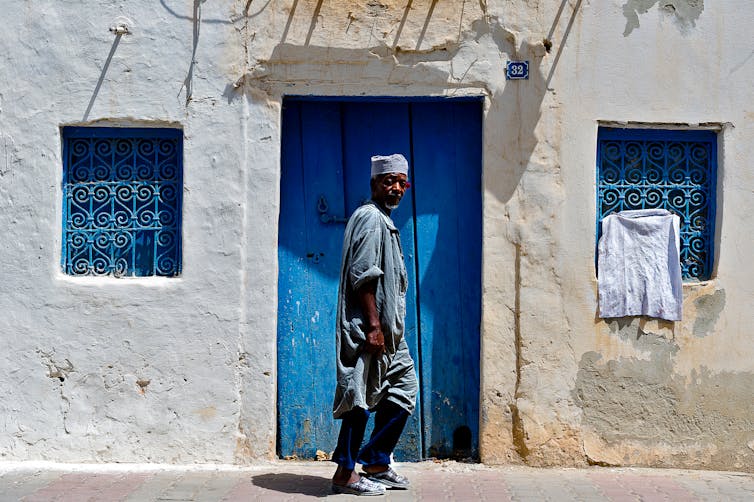
BTWImages / Shutterstock
Climate change has worsened Djerba’s problems. Rainfall patterns have changed across the island over recent decades, with models suggesting that annual precipitation rates could drop 20% by the end of the century. More frequent and prolonged droughts are expected.
At the same time, rising sea levels and increasingly common storm surges are affecting the island. Research from 2022 found that 14% of Djerba’s beaches are now highly vulnerable to submersion and coastal erosion.
Several historical monuments on Djerba have already experienced periodic flooding and saltwater intrusion. The ruins of Sidi Garous and the shrine of Sidi Bakour are now entirely underwater and have been replaced by memorials.
Other archaeological sites located near the coast like Haribus, Meninx, Ghizene and Edzira, some of which date back to the Roman era (eighth century BC to fifth century AD), are now partially or fully submerged. Studies by Tunisia’s National Institute of Heritage suggest that many of these sites have been lost permanently to the encroaching sea.
World heritage site
Significant portions of Djerba’s cultural heritage have already been erased by sea-level rise and coastal erosion. Future losses could be even more severe. The island’s cultural heritage will only grow more precarious without meaningful preservation and climate adaptation efforts.
However, many of Djerba’s monuments, historical buildings and traditional dwellings have suffered from years of neglect. A chronic lack of local and international funding, as well as weak institutional frameworks for heritage management, mean some of the island’s historic structures have been abandoned. Many other buildings have deteriorated due to a lack of protective measures and maintenance.
Community organisations such as the Association for the Safeguarding of the Island of Djerba have tried to step in to fill the void left by weak institutional frameworks. Their work ranges from delivering public awareness campaigns to local young people to efforts like re-purposing ancient rainwater tanks to manage periods of drought.
But these grassroots efforts alone are not enough to stop Djerba’s cultural heritage from deteriorating at its current pace.
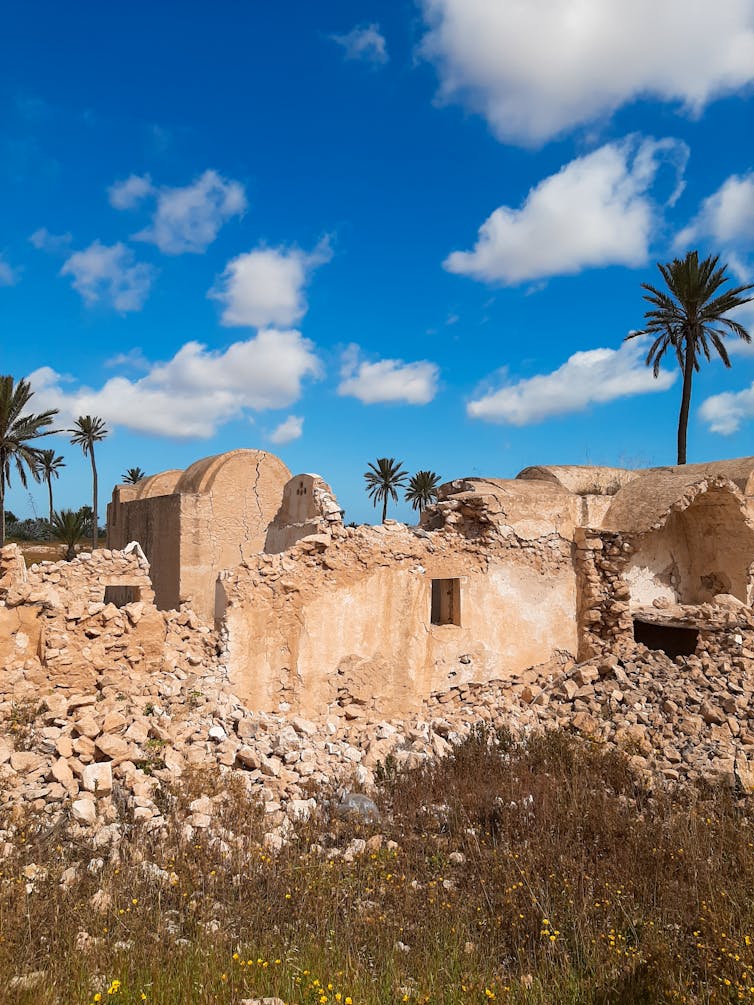
Ahmed Bedoui, CC BY-NC-ND
In September 2023, the UN Educational, Scientific and Cultural Organization (Unesco) announced that it was adding Djerba to its list of world heritage sites. Tunisia’s culture ministry welcomed the decision. It followed years of efforts by local groups and government officials to add Djerba to the list.
Djerba’s inclusion offers hope for the long-term preservation of the island’s heritage. A world heritage site designation increases global recognition and enables improved access to sources of funding.
And since Djerba’s classification, there has been some progress. The culture ministry has established a task force to monitor the construction of buildings and other infrastructure, collect data on designated protected areas, and prepare projects to preserve heritage sites.
But Djerba’s cultural heritage remains in danger. Improved preservation of these sites will require continuous funding and stringent regulation of tourism and construction activities.
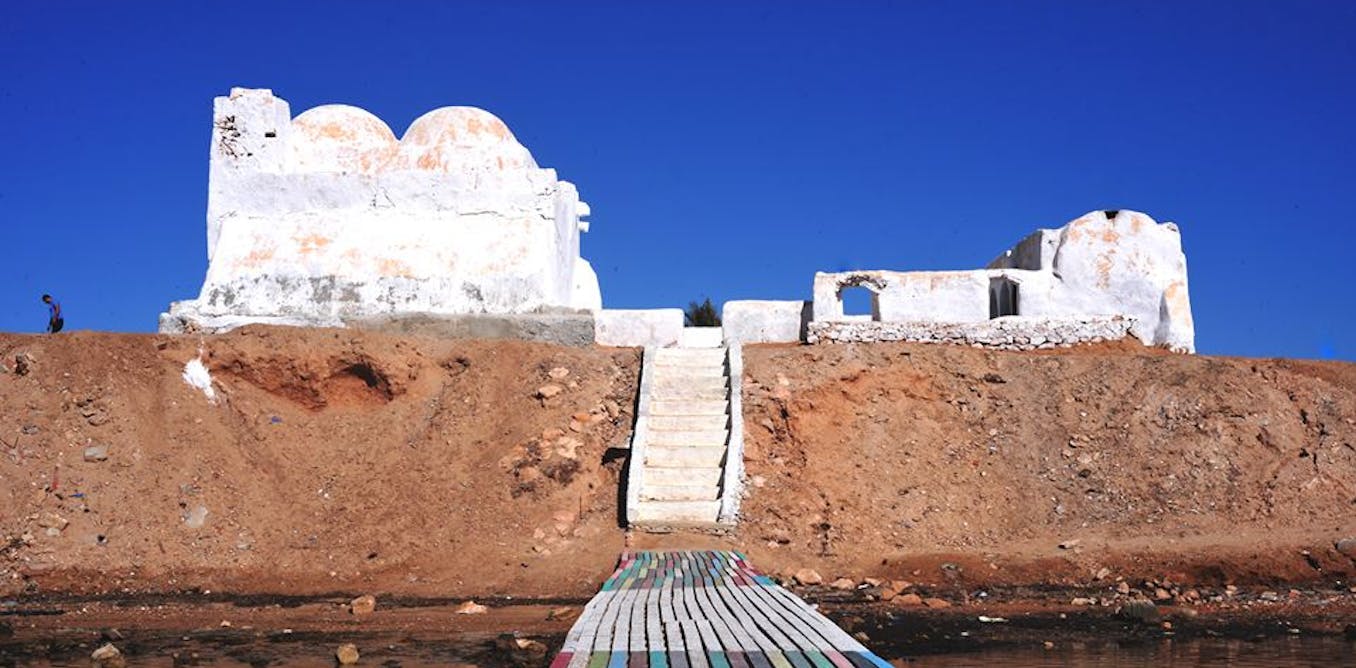
The post “Popular Tunisian island’s cultural heritage at risk due to tourism, neglect and climate change” by Majdi Faleh, Academic Fellow & Lecturer in Architecture and Cultural Heritage, Nottingham Trent University was published on 07/22/2025 by theconversation.com











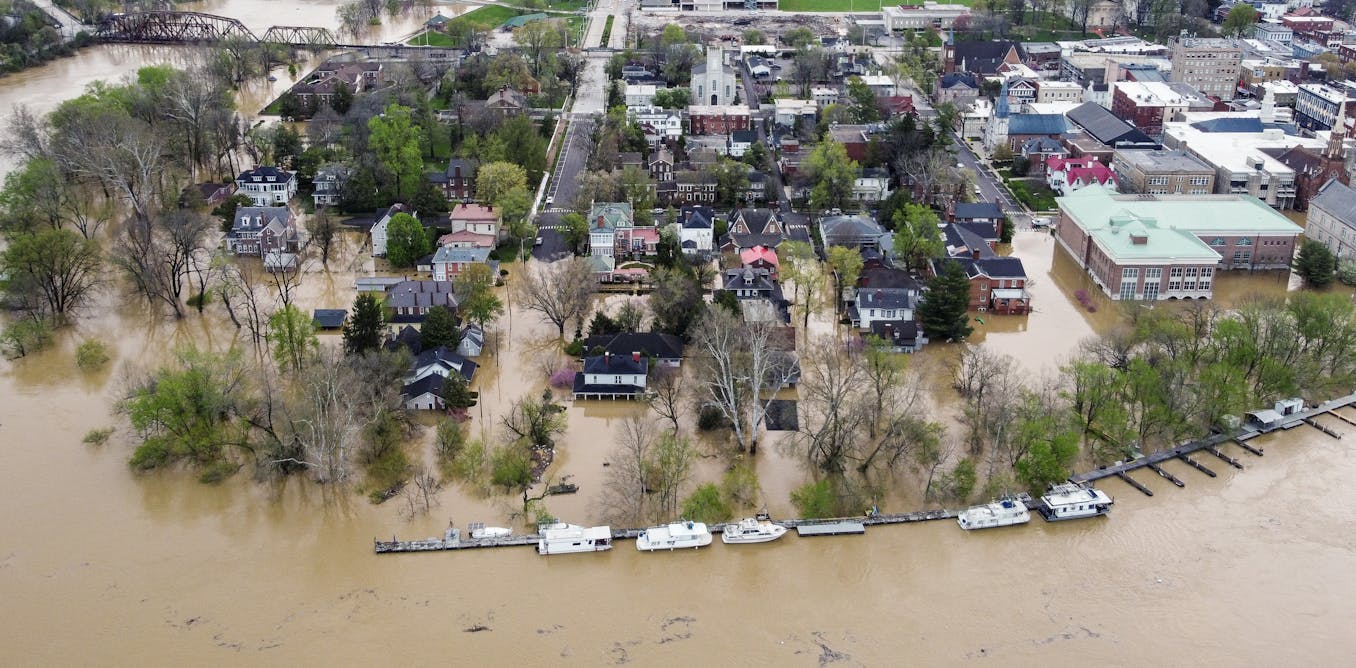

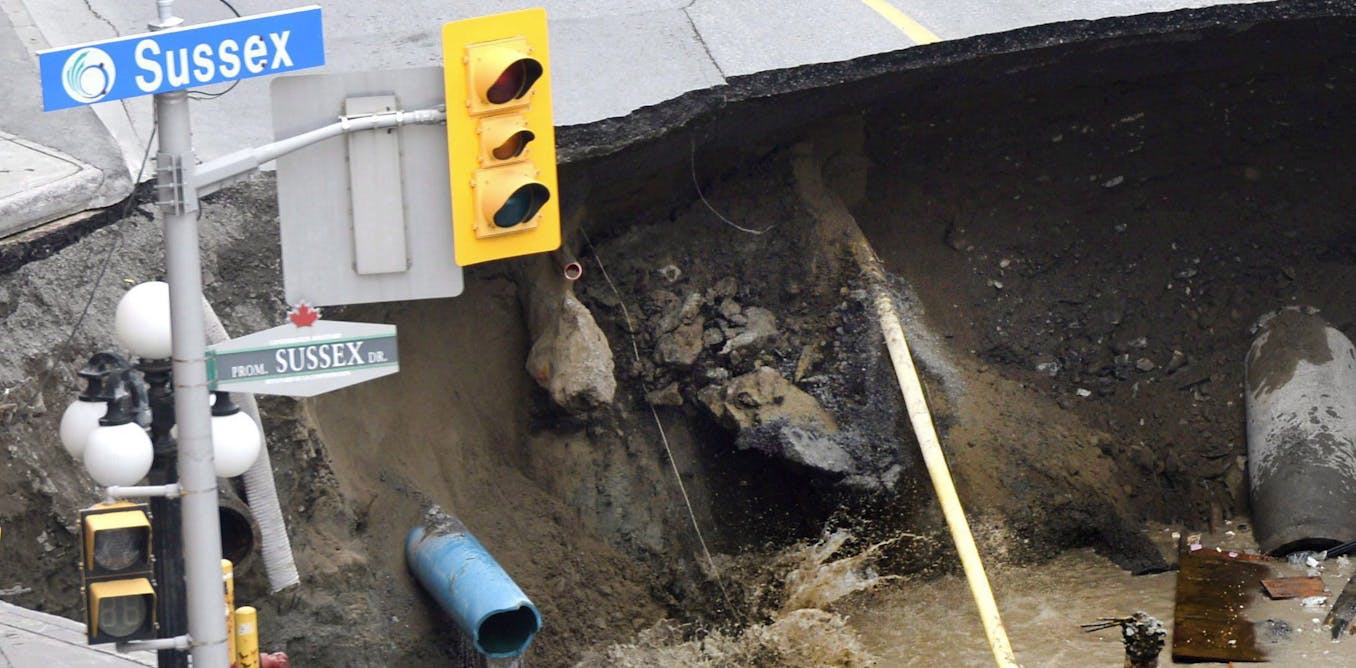
























Leave a Reply